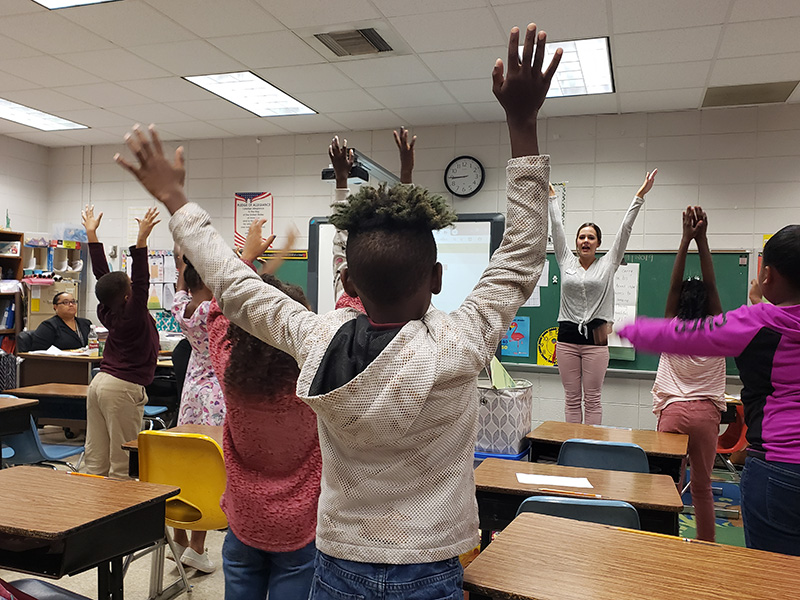Arts in Education 2.0 – The Next Step
Arts in Education 2.0 – The Next Step

It is undeniable that the pandemic caused a local and international disruption that is still being felt to this very day (and I fear for many days to come). This disturbance exposed a crisis (already lingering and well within our midst) in every institutional and foundational entity that surrounds us. We saw racial and civil injustice in real time as a captive audience isolated behind our computer monitors. We witnessed the lack of equity in access to the essentials needed to navigate the pandemic - healthy food, safe drinking water, medicine, transportation, technology, broadband, among others. We saw the privilege of those who could work at home and the crisis of those who couldn’t. Underlying the crisis, and because of the pandemic, the mental health and well-being of students has become broadly accepted as a very real concern (regardless of what terms we use to identify this epidemic). Students returned to school, but were they ready to learn?
We may be living in an age of a permanent pandemic necessitating a very long period of recovery. The world seems ever more tightly connected (and a world that had grown accustomed to inexpensive shipping costs to move products across the globe to anticipate demand). As we rebuild our education and community systems to meet these challenges, we need to pay careful attention to the instinct to merely put back what was there before.
What does this have to do with the arts?
I propose that it has everything to do with the arts.
As a field, we’ve spent decades describing the work delivered by teaching art to students. Is the work arts integrated, arts direct, arts infused, arts expanded, arts included, arts cultural, arts based, arts immersed, arts extra? Do the arts have intrinsic and/or instrumental value? Is it a performance, a workshop or a residency?
Researchers Robert Kohn et al in the research study Mental health in the Americas: an overview of the treatment gap[1] tell us that “preparedness and inconsistencies in guidelines, lockdowns, containment strategies, unemployment, financial losses, physical distancing, isolation, chaos, and uncertainty are among factors that lead to a rise in emotional distress, anxiety, and depression. Mental disorders affect social stability and reduce the quality of life. This leads to low educational attainment, decreases motivation and performance, impairment in personal and family functioning, discrimination, low income, increased poverty, violence, and higher mortality and suicide rates.”
As the arts education field focuses on the needs of students and communities (rather than the needs of programs), we need to describe our work in terms of its impact on students and articulate outcomes with all stakeholders in the work – including students and their extended families. As a field, we must resist finding comfort in merely returning to where we were; rather, we must play a leadership voice in communities unsure of what direction has the greatest opportunity to address those outcomes. If we can focus our work to address the needs researchers are telling us are paramount to student success right now, we have an opportunity to lift our work to greater relevance and afford new opportunities in research and financial support.
While we’re at it, we’ll need to define success.
It's a critical point in our evolution; do we become a curricular supplement crowded out of the school day, taking on draconian measures to address learning loss? Or do we become an indispensable tool to address issues that inhibit developmental and educational growth?
Do we collectively have the capacity and understanding to do this work?
The arts community is strong, so I believe we do have the capacity. And the arts have merit – academically, socially and emotionally. Let’s use this moment in time to come together and create something meaningful and lasting for our communities as we take the next steps in arts-in-education and in life.
David A. Dik, National Executive Director, Young Audiences Arts for Learning
[1] Kohn R, Ali A, Puac-Polanco V, Figueroa C, López-Soto V, Morgan K, et al. Mental health in the Americas: an overview of the treatment gap, https://www.ncbi.nlm.nih.gov/pmc/articles/PMC6386160/
